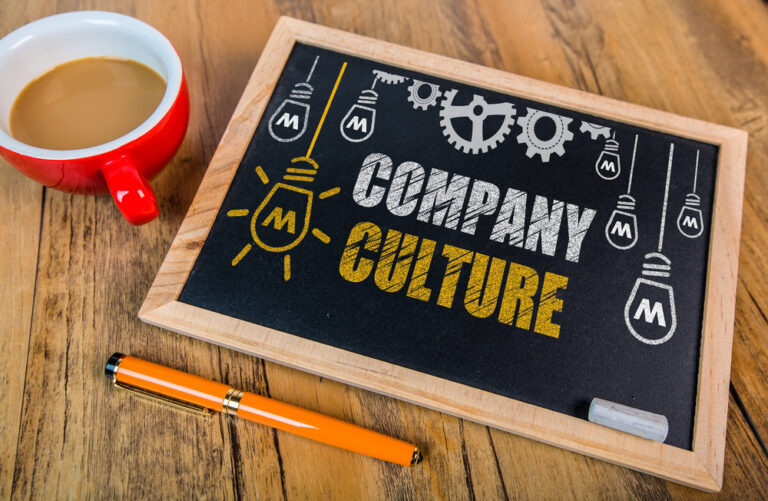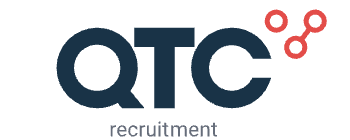Geschreven door raisa - 4 Minuten leestijd
Is that your company culture or your hiring culture?

After two years of living and working through a global pandemic, companies are turning their attention back to culture, albeit with fresh eyes. Pre-COVID, leaders often saw culture in terms of shiny objects – kegs in the kitchen, ping pong in the break room – that they could offer employees to keep them engaged. But when there wasn’t a communal kitchen to go to, no break room to speak of, it became clear that culture is about more than what a company provides. Culture represents the systemic integrity of the organisation, the sum of its parts – and in this case, those parts include your people.
For too long, culture seemed to exist in a vacuum, seemingly distinct from the workforce it is meant to support. That stems from the fact that there is more than one culture within an organisation, there are two: your company culture and your hiring culture. Here’s what that means and how it impacts the role talent acquisition and human resources play in the process:
Company Culture
Nine times out of 10, when you sit down to read a book about becoming a better leader, it will tell you to build a better culture. That’s usually where the lesson ends because most of these resources are talking to CEOs and drawing on the work of management consultants, social scientists and industrial-organisational psychologists rather than HR and TA pros. Still, the basic premise of company culture hasn’t changed much since researchers coined the original definition.
Following Edgar Schein’s model, company (or in his context, organisational) culture involves behaviours and artifacts, values and basic assumptions. The interplay of these three factors forms the basis of company culture, influencing how employees interact and treat each other.
Some artifacts and behaviours are visible, such as those kegs in the kitchen or takeout Fridays, whereas values and basic assumptions are implicit, like open feedback and speaking up when you have a good idea.
Schein also suggests company culture isn’t built in a day, which gives those with a longer tenure an advantage over newer employees and leads to the debate between hiring for “culture fit” versus “culture add.”
Hiring Culture
Hiring culture is representative of your company culture, but extends beyond your employees to include candidates, too. It is the first thing candidates experience when they engage with your organisation and should reflect everything your organisation embodies, including the treatment of others, candidates and employees alike.
All stakeholders play a role in shaping hiring culture, from the candidates you choose to how employees engage and interact with them. Hiring culture demonstrates how both sides treat and perceive one another.
That is why it’s essential to secure alignment between TA and HR teams as you develop the strategies that bring your cultural entities together.
Jackye Clayton, Vice President of Talent Acquisition and DEI at Textio, described how to put this in action during a recent webinar, “As recruiters and talent acquisition folks, we get to bring the change. We have to be thoughtful in understanding that the people we bring in could potentially change the whole culture. We have to take the time to build the persona of what type of person is going to find this environment great. So that means a regular visit of what is our company culture? What are we looking for? What’s missing? What voices are missing that add to that culture? And we have to bring those things full circle when we’re looking at candidates.”
Striking a Balance
Building on what Clayton shared, if you can trace where the company culture comes from, structurally and institutionally, you can communicate it to candidates from your initial point of contact. That establishes a baseline of understanding between company and candidate that will evolve throughout the process.
If you start out of sync, it’s more likely a candidate will feel the company duped them when they walk in on day one and find the culture isn’t what they expected. That said, hiring and company culture will always be separate to some extent, both evolving over time. It’s up to TA and HR to team up and reflect company culture in hiring culture in a way that feels authentic.
The bottom line is that by only focusing on company culture and not hiring, employers run the risk of hindering organisational growth and development. For instance, you can be diverse, inclusive and equitable on the inside, but if your candidates don’t experience that during the recruiting process, they’re less likely to feel like they will belong as an employee.
Ultimately hiring culture is what brings those people into your company culture. It’s a chance to promote the values that are important to your organisation alongside your artifacts (even the ping pong table) and assumptions – everything a candidate would need to know to join the team – and succeed.
Companies risk impeding organisational growth and development by focusing solely on company culture rather than hiring culture. Are you having difficulties finding the best suitable professional? QTC Recruitment offers expert and customised advice for your Life Science organisation’s needs. Find out how we can help you here!
Also published on: Recruitingdaily.com
Want to stay informed about current Life Science and recruitment news on a regular base? Then register here for free.
